Improving Sprint Speed: A Science-Based Approach
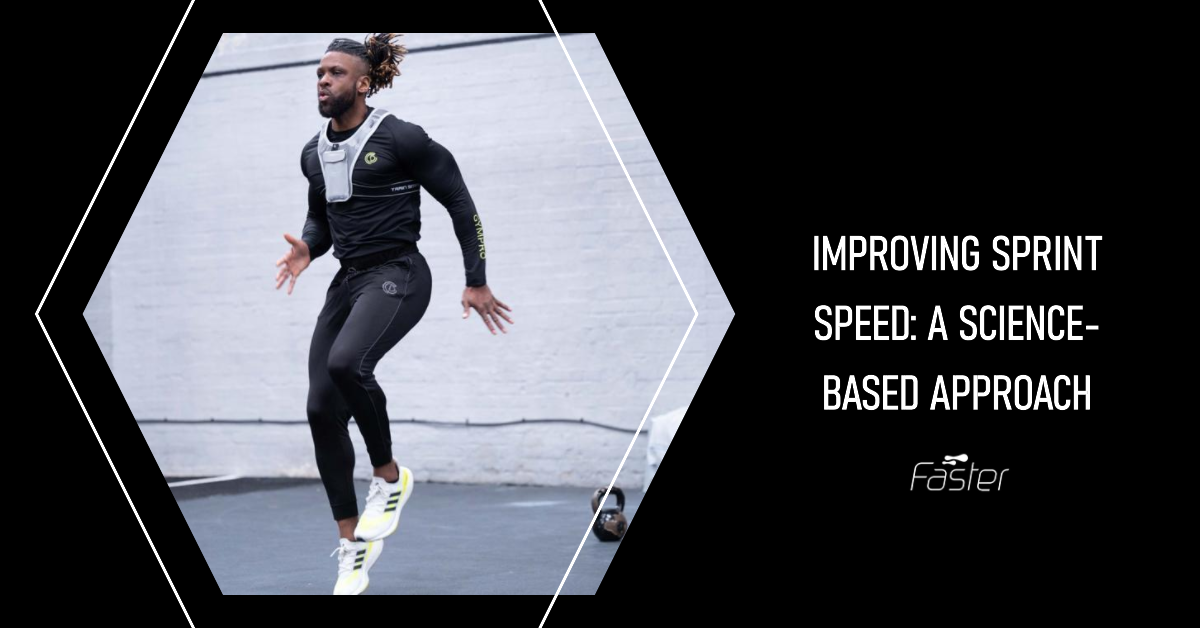
Sprinting is a complex motor skill requiring physical attributes, including strength, power, flexibility, and coordination. But beyond these physical attributes, recent research suggests that reflexes and running efficiency play a crucial role in sprint performance.
It can be simplified into three components, acceleration, top speed and speed endurance, and depending on the requirement of the client's sport, each one of these components could take on a different level of importance. For example, in team sports where short rapid sprints are required, acceleration is significant, whereas an 800-meter runner would be focused on speed endurance.
This article delves into the science behind improving sprint speed, focusing on acceleration, top speed, speed endurance, and the part of reflexes and dynamic systems in motor learning.
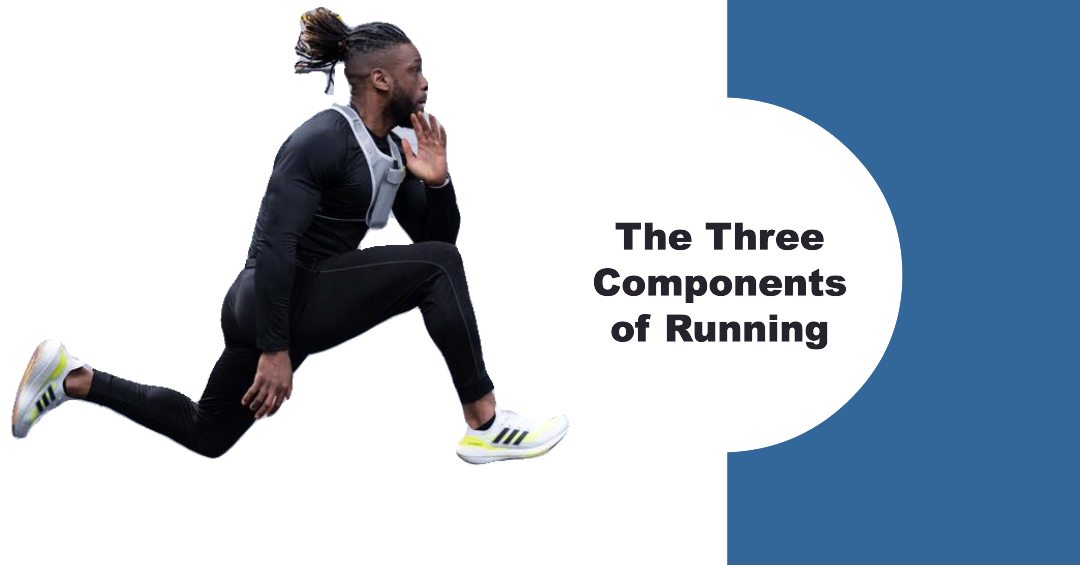
The Stages of Sprinting / Running
Acceleration
Acceleration is the phase of sprinting where the runner increases their speed from a stationary position or moving start. This phase is characterised by a forward lean, and powerful strides, with the runner's centre of mass being propelled forward. Research has shown that strength and power are vital to acceleration performance, particularly in the lower body. The ability to get the client's body into a momentum that requires strength and power in the legs, along with the stiff upper body, allows this force to be converted to a forward motion.
Some great drills for this would be –
- Slight incline sprinting
- Band resisted sprint start
- Partner resisted sprint start
Some exercises that potentially have carry over –
- One leg squat
- Hops
- Squat Jumps
Other more traditional power and strength-related exercises could also provide carryover for the amateur runner.
Top Speed
Once the runner has reached their maximum acceleration, they transition into the top speed phase. This phase is characterised by upright running and rapid leg turnover. Research suggests that stride frequency and length are vital top speed determinants. Top speed has also been found to be about the ability of the nervous system to allow stride frequency. It means that to improve top speed then, overspeed training appears to be the best way a coach can help their client.
Some great drills for this would be –
- Band assisted sprinting
- High-speed treadmill running (be safe)
- Slight incline running
Speed Endurance
Speed endurance is maintaining top speed for as long as possible. This requires a combination of aerobic and anaerobic fitness and efficient running mechanics. Research has shown that high-intensity interval training (HIIT) is an effective method for improving speed endurance. Often intervals are used to hit energy systems, and this will be important for longer runs, as raising the aerobic and anaerobic threshold will help keep a higher speed over time. The development and maintenance of an efficient running style will also contribute to this, which means as a coach, you would use intervals at the end of form and Rate of Perceived Effort (RPE) or heart rate, to call out rest times. As before, all of this depends on the athlete's goal.
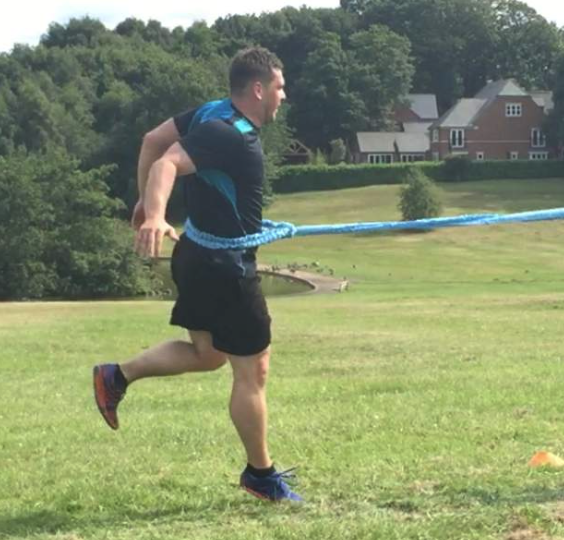
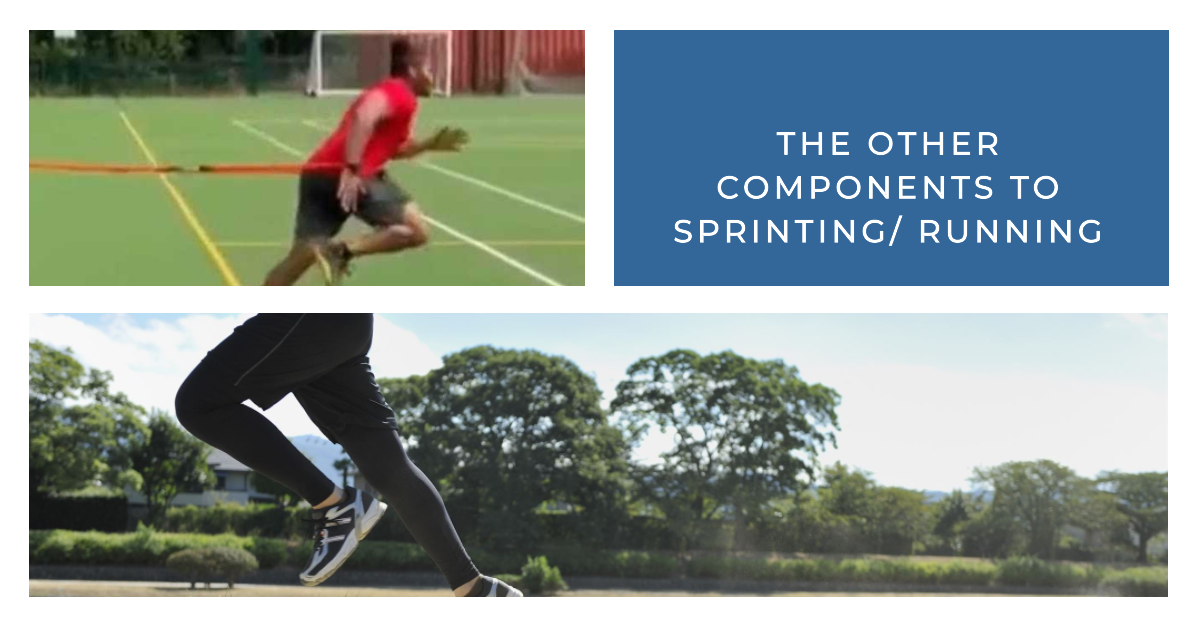
The Role of Reflexes in Sprinting
Beyond the physical attributes and running mechanics, recent research suggests that reflexes play a crucial role in sprint performance. In particular, the slip and cross-extensor reflexes are essential factors in sprinting.
The slip reflex is a protective reflex that helps maintain balance when a slip is detected. This reflex involves a rapid contraction of the muscles on the side of the body where the slip occurs, helping to stabilise the body and prevent a fall. In the context of sprinting, the slip reflex can help maintain balance and stability during the rapid and powerful movements involved in sprinting. It has also been suggested that the slip reflex, which is a combination of reflexes, can be partly responsible for initiating the return of the rear leg.
The cross-extensor reflex is a reflex that occurs when one limb is withdrawn (flexed) in response to a harmful stimulus, and the opposite limb extends to compensate. This reflex helps maintain balance during locomotion. In sprinting, the cross-extensor reflex can help maintain balance and stability during the rapid alternating movements of the legs. Franz Bosch has suggested the main reason this is important as the reason and the power behind the back leg 'push', leading to something he calls positive running.
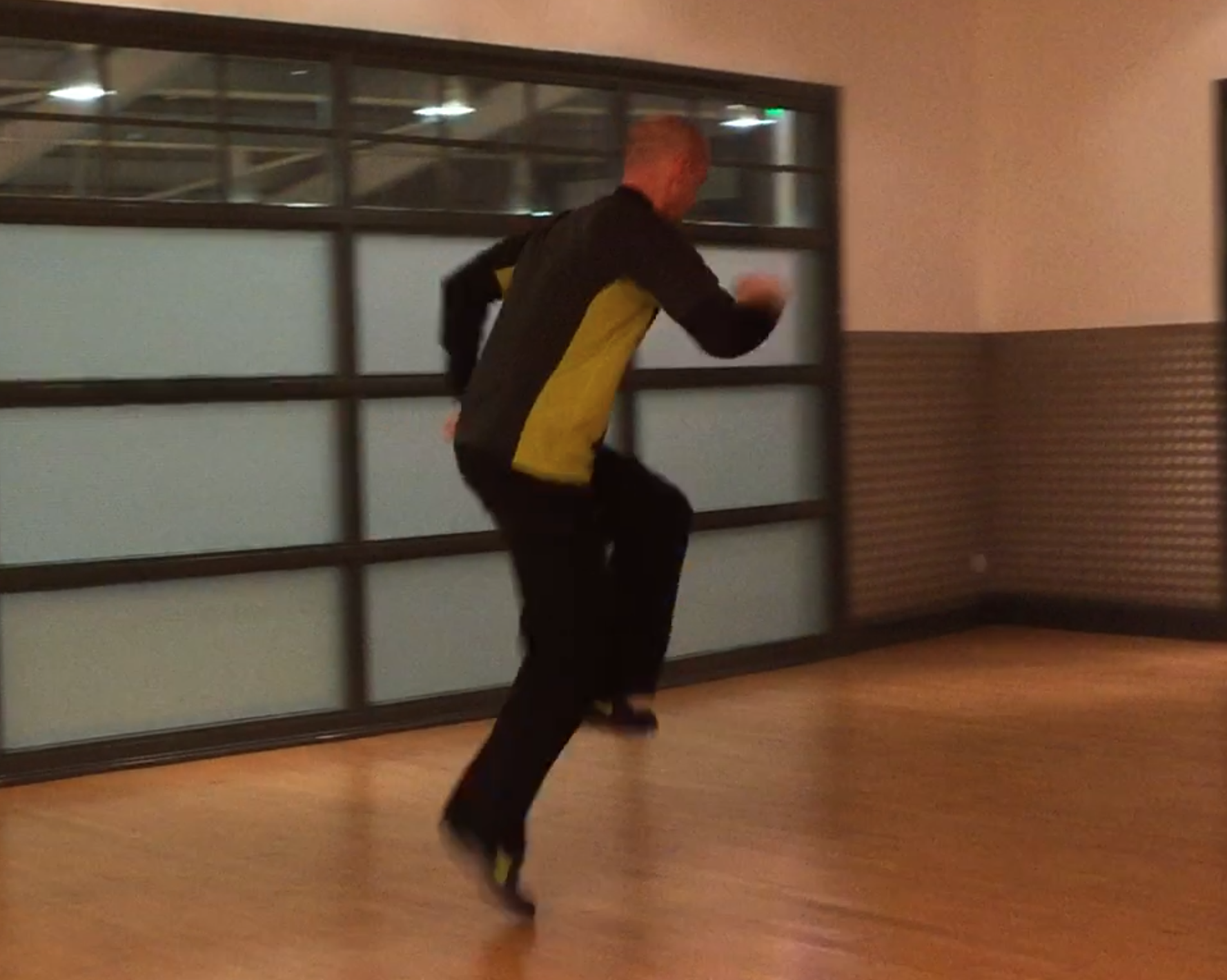
Running Efficiency and Muscle Stiffness
Running efficiency, or the ability to use the least energy to achieve the greatest speed, is another crucial factor in sprint performance. One aspect of running efficiency is muscle and joint stiffness. Stiffness, in this context, refers to the ability of a muscle or joint to resist deformation in response to an applied force. A certain degree of stiffness is beneficial in running as it allows for efficient force transfer from the muscles to the ground, propelling the runner forward. Research has shown that runners with greater leg stiffness tend to be more efficient and faster. When runners return from injury or a long layoff, they often tend to slow 'down' rather than slow 'up', meaning they spend more time on the floor and potentially expend more energy by travelling slower. A possible better response would be to travel slower by bounding.
Using drills that involve more bounding and movements combined with positions that challenge stiffness in the torso may lead to better running efficiency. FASTER would be more likely to choose these types of exercise.

Dynamic Systems and Motor Learning
Dynamic systems theory is a framework for understanding how complex motor skills, like sprinting, are learned and performed. According to this theory, motor skills are not controlled by a central 'motor program' but emerge from the interaction of various subsystems within the body, including the muscular, nervous, and skeletal systems. Schema theory, where a skill is a motor programme, is spoken about most often in sports performance and can lead to similar training exercises. The reasoning that backs the choice, though, can also lead to a coach missing a subtle tweak to help their client, and so FASTER has moved to using the Dynamic Systems model for learning to teach its principles in programme and exercise design.
This is a quick summary of Dynamic Systems for sports performance:
· Dynamic learning theory posits that learning is a non-linear process that involves the interaction of various factors, such as the individual, the task, and the environment.
· It emphasises the importance of variability in practice, suggesting that this can lead to more adaptable and robust motor skills.
· The theory suggests that athletes should be exposed to a wide range of conditions during training to prepare them for the unpredictable nature of sports performance.
· It promotes the idea of self-organisation, where athletes learn to adapt their movements based on the feedback they receive from their performance.
· The theory discourages the use of prescriptive, one-size-fits-all coaching methods. Instead, it encourages coaches to create learning environments that stimulate athletes to find their solutions to performance challenges.
· It highlights the importance of intrinsic motivation and autonomy in learning, suggesting that athletes learn best when actively engaged and have some control over their learning process.
· The theory suggests that learning is about acquiring new skills and forgetting non-essential ones, allowing athletes to focus on what's most important for their performance.
· It recognises that learning is a long-term process involving progress and regression periods. This perspective can help athletes and coaches to be patient and persistent in their training efforts.
· Finally, dynamic learning theory suggests optimal performance is achieved when athletes balance stability (the ability to perform a skill consistently) and flexibility (the ability to adapt a skill to changing conditions).
In the context of sprint training, a dynamic systems approach might involve manipulating various constraints in the training environment to encourage the emergence of efficient sprinting mechanics. For example, a coach might vary the incline of the running surface, the length of the runner's strides, or the speed of the runner's movements and observe how these changes influence the runner's sprinting mechanics.
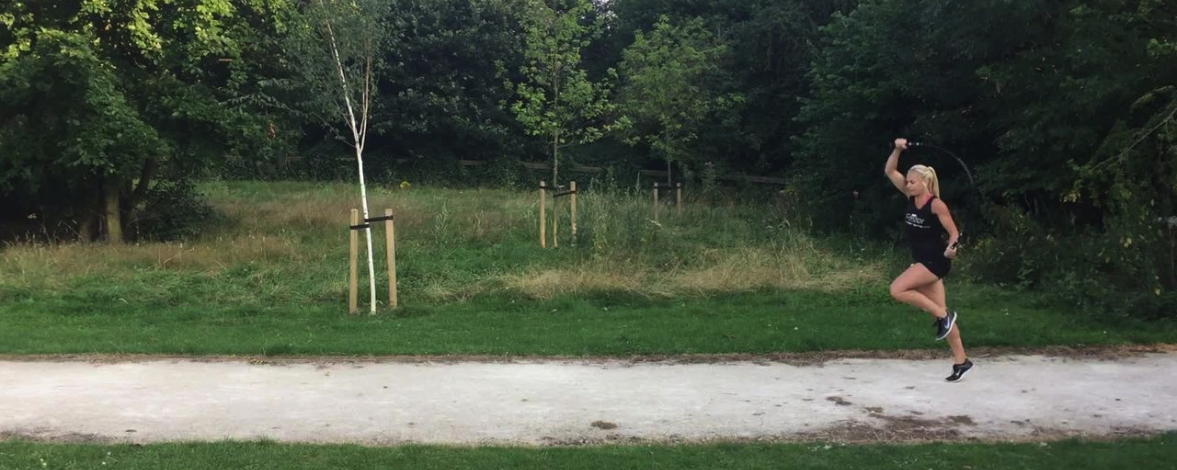
Sprint Training Program
Now that we've discussed the science behind sprinting let's look at a practical example of a sprint training program that focuses on improving acceleration and top speed. This program incorporates the principles of dynamic systems theory and reflex-driven movements.
Acceleration Training
Week 1-2:
- 10 x 20m sprints focusing on explosive starts. Rest for 2 minutes between each sprint.
- 5 x 40m sprints with a focus on maintaining speed after the initial acceleration. Rest for 3 minutes between each sprint.
Week 3-4:
- 8 x 30m sprints focusing on explosive starts and maintaining acceleration for a longer distance. Rest for 2 minutes between each sprint.
- 4 x 50m sprints with a focus on maintaining speed after the initial acceleration. Rest for 3 minutes between each sprint.
Top Speed Training
Week 1-2:
- 5 x 60m sprints focusing on reaching top speed. Rest for 3 minutes between each sprint.
- 3 x 80m sprints with a focus on maintaining top speed for a longer distance. Rest for 4 minutes between each sprint.
Week 3-4:
- 4 x 70m sprints focusing on reaching and maintaining top speed. Rest for 3 minutes between each sprint.
- 2 x 100m sprints with a focus on maintaining top speed for a longer distance. Rest for 5 minutes between each sprint.
Remember, the key to improving sprint speed is not just about running faster. It's about understanding and applying the principles of reflex-driven movements, running efficiency, and dynamic systems theory. By focusing on these elements, you can optimise your training and reach your sprinting goals. The programme above is a simple template or skeleton, as we would call it. It would be up to the coach to add the variables and training tools required to make this appropriate for each client.
Conclusion
Improving sprint speed is a multifaceted process that involves more than just physical strength and power. It requires a deep understanding of the stages of sprinting, the role of reflexes, the importance of running efficiency, and the application of dynamic systems theory in motor learning. By integrating these elements into training, athletes and coaches can develop more effective strategies for improving sprint performance.
References / Further Reading
Weyand, P. G., Sternlight, D. B., Bellizzi, M. J., & Wright, S. (2000). Faster top running speeds are achieved with greater ground forces not more rapid leg movements. Journal of Applied Physiology, 89(5), 1991-1999.
Morin, J. B., Bourdin, M., Edouard, P., Peyrot, N., Samozino, P., & Lacour, J. R. (2012). Mechanical determinants of 100-m sprint running performance. European journal of applied physiology, 112(11), 3921-3930.
Laursen, P. B., & Jenkins, D. G. (2002). The scientific basis for high-intensity interval training. Sports Medicine, 32(1), 53-73.
Zehr, E. P., & Duysens, J. (2004). Regulation of arm and leg movement during human locomotion. Neuroscientist, 10(4), 347-361.
Arampatzis, A., Brüggemann, G. P., & Metzler, V. (1999). The effect of speed on leg stiffness and joint kinetics in human running. Journal of biomechanics, 32(12), 1349-1353.
Seifert, L., Button, C., & Davids, K. (2013). Key properties of expert movement systems in sport. Sports Medicine, 43(3), 167-178.
Bosch, F. (2015). Strength training and coordination: an integrative approach. 2010
Schubert, A. G., Kempf, J., & Heiderscheit, B. C. (2014). Influence of stride frequency and length on running mechanics: a systematic review. Sports Health, 6(3), 210 217.
Bezodis, N. E., Salo, A. I., & Trewartha, G. (2015). Choice of sprint start performance measure affects the performance-based ranking within a group of sprinters: which is the most appropriate measure? Sports biomechanics, 14(1), 1-15.
Bezodis, N. E., Salo, A. I., & Trewartha, G. (2014). Lower limb joint kinetics during the first stance phase in athletics sprinting: three elite athlete case studies. Journal of sports sciences, 32(8), 738-746.